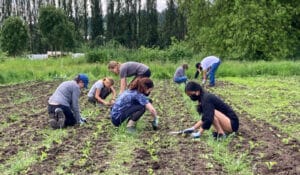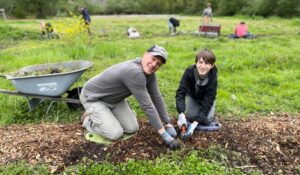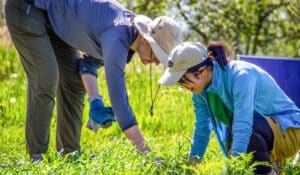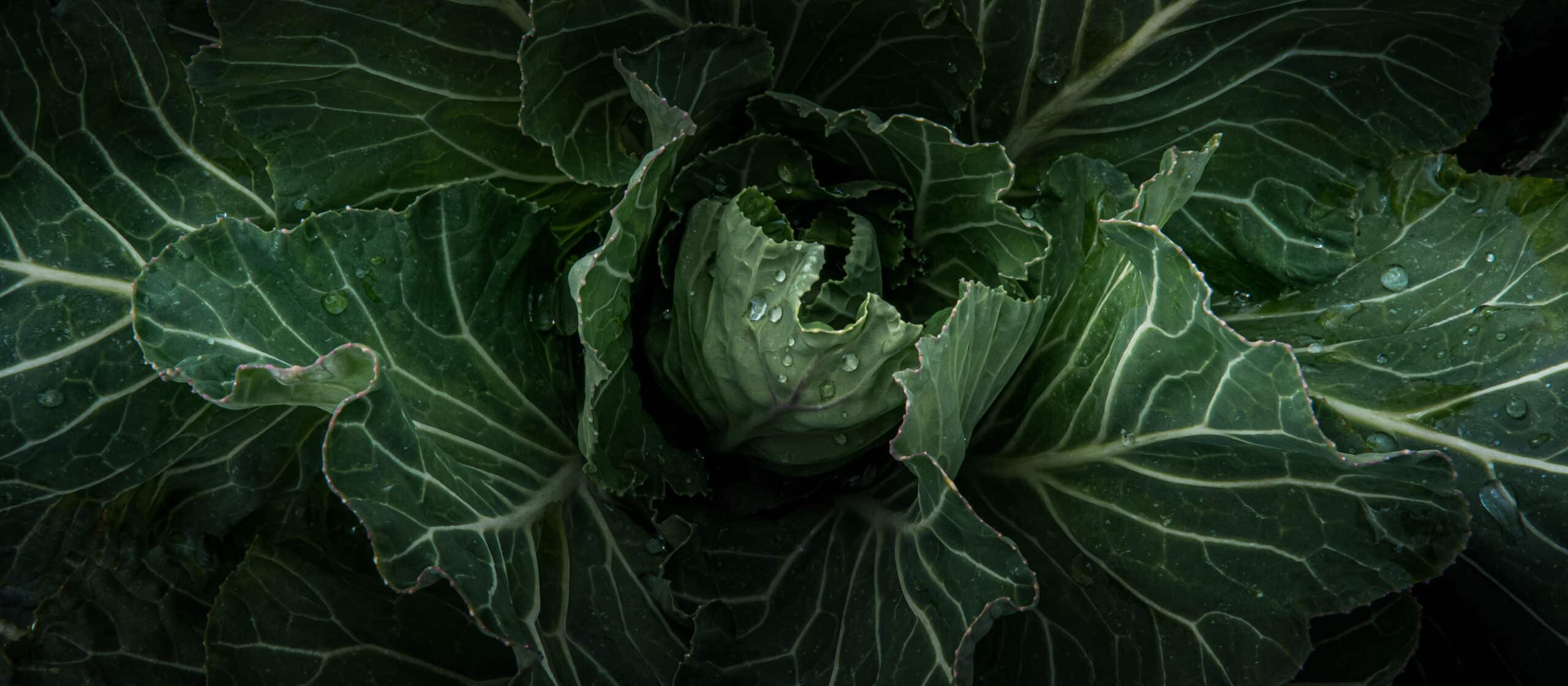
Getting Started on the BEEvesting Pollinator Garden
Getting Started on the BEEvesting Pollinator Garden
- posted on: April 23, 2020
- posted by: Robin Crowder
"*" indicates required fields

With all that’s going on, it can be hard to imagine anything getting started right about now. However, the BEEvesting team and 21 Acres are hard at work planning a brand new native pollinator garden on the farm. (Learn more about BEEvesting here and on Facebook and watch for a new website to be launched soon, beevesting.org.)
My name is Kevin Sander, the newest member of the BEEvesting team, and the pollinator garden will be my primary project. I recently returned to the area after serving two years as an agricultural extension agent in Peace Corps, Paraguay. There, I learned all about how important bees are for our farmers and our communities.
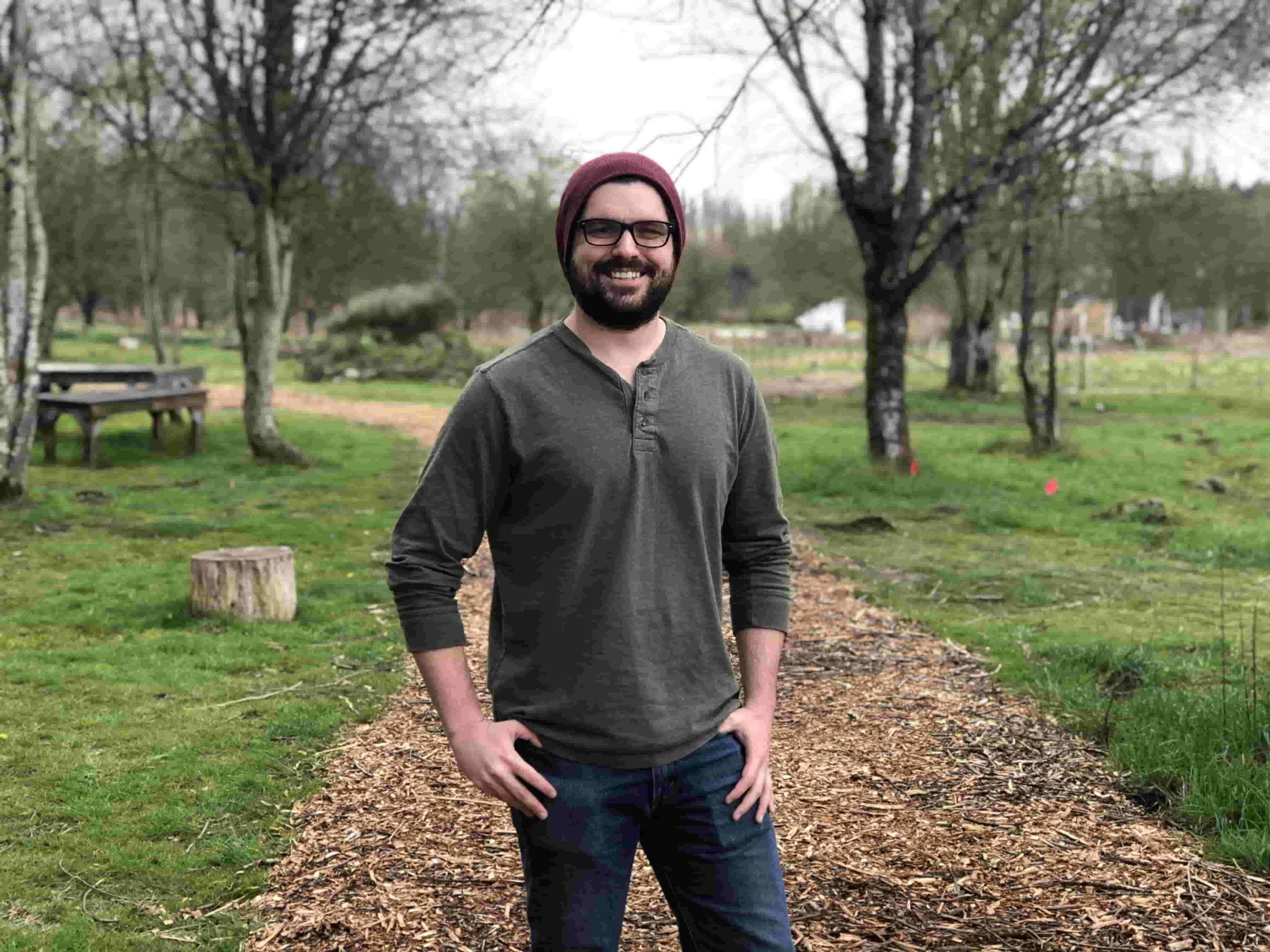
Bees are a vital part of our agricultural systems. Many of our crops, including Pacific Northwest favorites like blackberries, pears, and apples, depend on bees for pollination. Can you imagine Washington without the world’s best apples? Thanks to the hard work of our bees, we don’t have to. Honeybees are well known for their part in helping us produce our food, but a significant portion of our crops are pollinated by native bees like bumblebees, mason bees, and leafcutter bees, among others. The local environment also depends on our native bees for pollination of a wide variety of plants that flower and bear fruit, filling our surroundings with natural beauty and sustaining wildlife.
However, because of habitat loss and insecticide use, native bees are under a lot of pressure and many are in danger of dying out. Our bees need more natural spaces to find forage and build their homes if they are going to maintain healthy populations and continue supporting our agriculture and environment. Fortunately, we can help.
With the pollinator garden at 21 Acres, we are hoping to provide a space where bees can find food and shelter. In early April, I was able to visit the future site of the garden with members of the soil team. They have been hard at work overhauling the farm and revamping many of its features. This roughly 30’ by 20’ space might not look like that much right now, but keep this image in mind when it is transformed into a bee-usable and bee-utiful space in a few months.
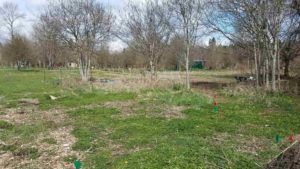
It’s still early in the process; by this fall we hope to be able to organize work teams and plant the garden together as a community. In the meantime, we’ll be planning and organizing so we can hit the ground running when that time comes. We want this not only to be a pleasing and practical space for both humans and bees, but an educational one where people can learn about our relationship with pollinators and how we can help them. Hopefully people will be able to find elements that they can incorporate into their own lives, whether they have a farm, a yard, or even a small deck garden. That way, our native bees can find forage throughout our communities, creating corridors between natural spaces so they can travel, find homes, and sustain healthy populations.
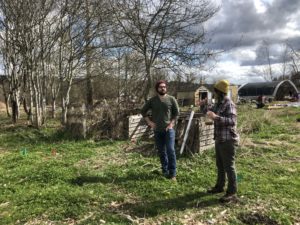
Personally, I could not be more excited to be a part of this project. I love working with pollinators; the ways in which they bring together our agriculture and environment are fascinating. They are a huge indicator of the health of both these systems. Through this garden, we can make a big difference in supporting these species and educating about them.
Expect more updates and information as we continue working. And please, don’t hesitate to reach out if you have questions about this project or native bees in general.
Funding in part for this project was generously provided through a King County Community Service Areas grant.












 back to blog overview
back to blog overview

